There’s more than one way to skin a cat. That is to say, you can reach the same outcome through different means. To discover those means, you can use an alternative analysis. An alternative analysis is how project managers choose how they’re going to approach a project.
There are always options, and knowing which is the best one for your project takes time, research and an understanding of possible scenarios. An analysis of alternatives is required, and today’s blog will guide you through the tools and methods you should use to get the data you need.
What Is Alternative Analysis?
An alternative analysis is the evaluation of the various routes you can pursue to achieve the goal of a project or a particular project management objective. It looks beyond the status quo to compare different ways of getting work done.
These factors can be operational, such as cost, risk and effectiveness, as well as the potential shortfalls of those operational factors. To perform an alternative analysis, you use tools such as life-cycle costing, sensitivity analysis, cash flow analysis and cost-benefit analysis.
Analysis of alternatives, also called AOA, is part of the decision-making process when looking at existing portfolios, programs and projects or while initiating a new project. This decision-making process helps you find cost-effective actions and avoid unnecessary effort duplication. Using AOA will help reduce the risk of project failure.
When Should Alternative Analysis Be Used in Project Management?
Alternative analysis is used whenever a solution is needed. When decision-makers are in the decision-making process, they want to know the best course for moving forward. An alternative analysis will show them the way.
An AOA is typically done at the initiation of a project but is also used throughout the life cycle of the project. It’s one way to determine if the decision-making process is sound. Making updates throughout the process will refine the solution and reaffirm the assessment criteria.
However, an AOA is not something that’s simple to do. Analysis is often time-consuming. Because of the time and labor involved in an AOA, it’s more likely that you will apply it to portfolios or programs. These portfolios or programs are more of an ongoing concern than a single project, and managers are constantly on the lookout for ways to import the cost-effectiveness of the work.
Whatever way you use alternative analysis, you’ll need project management software to evaluate and choose the best course of action from a variety of options. ProjectManager delivers insightful real-time data to help in the analytic comparison. Real-time dashboards capture data for projects and automatically calculate that information into easy-to-read graphs and charts. Try ProjectManager today for free!
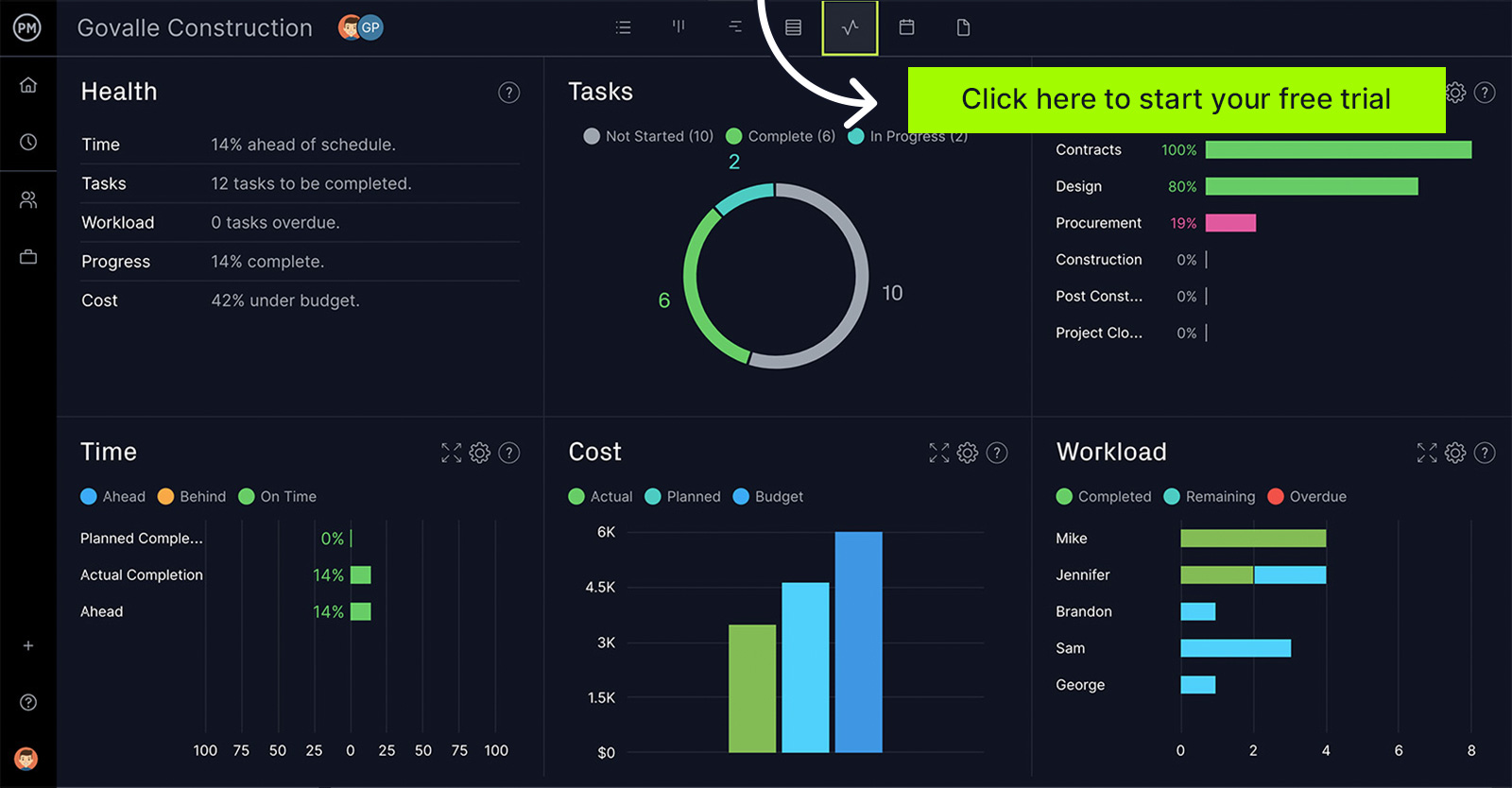
Benefits of Analysis of Alternatives (AOA)
Using an analysis of alternatives (AOA) will help the project, portfolio and program managers identify, understand and evaluate the alternatives open to them when managing a project. It will also help them to select the best course of action as it concerns project costs and risks.
By looking at alternatives, decision-makers have more data to make an informed choice with. Being able to identify, define and understand a problem is the best way to solve it, and is essential to any worthwhile analysis.
When decision-makers have many alternatives to choose from, they have more power to control the outcome. But the data must be good. Avoiding prejudices, such as paying more attention to information that is easy to access, is important as well.
How to Execute an Alternative Analysis
An alternative analysis provides a framework to look at your process and seek out improvements that are of the greatest advantage to you. Follow these steps to help you determine which of these routes would be most advantageous.
1. Make a Plan
The first thing to do is make a plan. This means defining the various decisions that you can make to meet your objective and achieve operational effectiveness. You’ll want to include stakeholders, but also define the timing, effort or costs involved. There will need to be a study team assembled and a study plan to direct their activities.
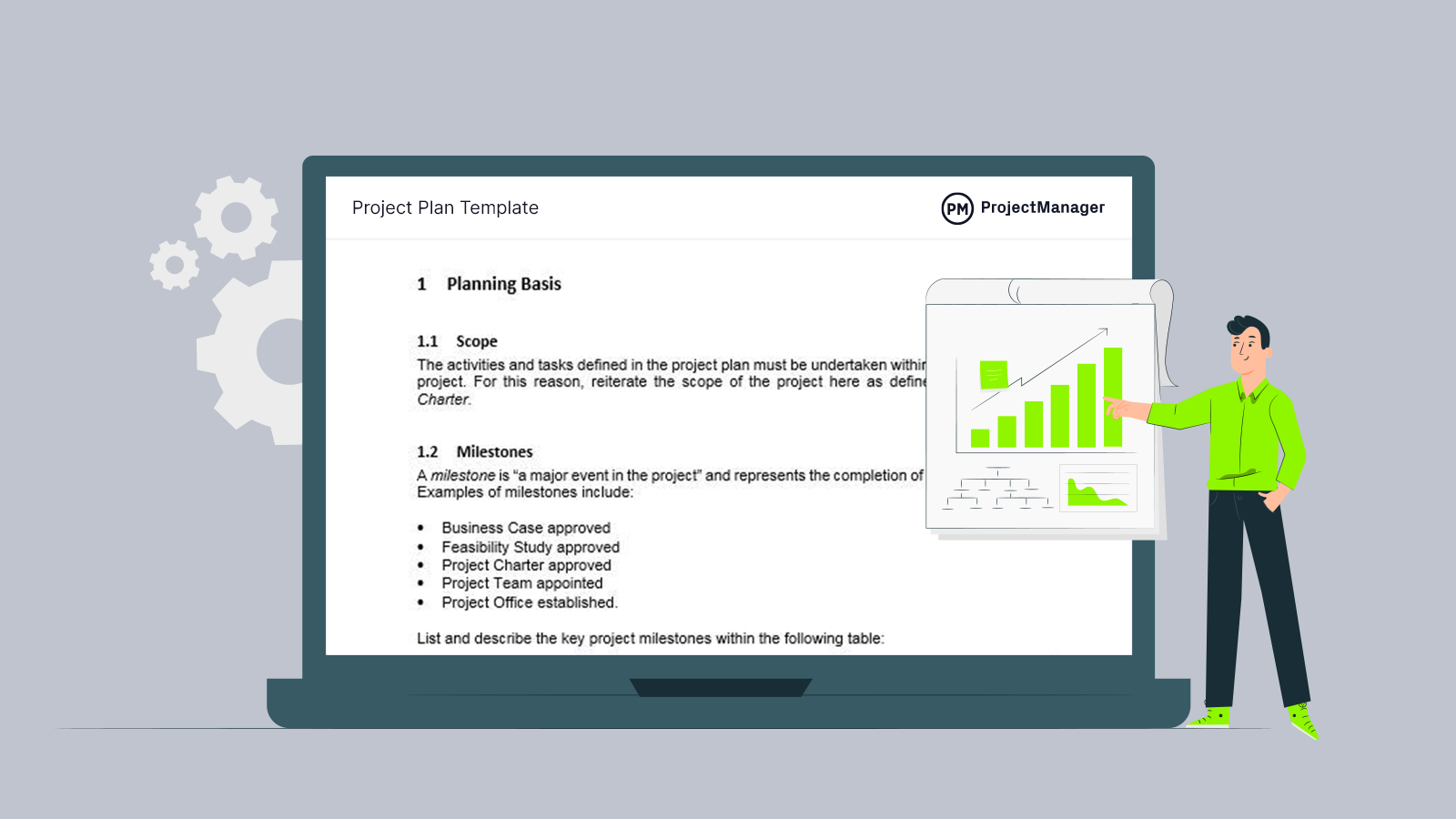
Get your free
Project Plan Template
Use this free Project Plan Template to manage your projects better.
Get the Template
2. Organize the Analytic Framework
The next step is to define the analysis problem statement, the context of the problem, the scope and a framework for alternative comparisons. This includes the comparison criteria you’ll use. Frame the analysis with the ground rules you’ll use, including any assumptions you might have. Before and during the study, you’ll want to assess the data needs, collection and sources used.
3. Identify and Define Alternatives
Now you identify the various alternative routes you can take from the data sources. There will be many, but be sure to keep one as the status quo. These alternatives will address the problem you stated in your plan within the context and scope you’ve already defined. The alternatives you evaluate must come out of thorough research, vetting and filtering before you can begin the decision-making process.
4. Assess the Alternatives
Look over each of the alternatives you’ve come up with. Evaluate them against your established criteria, such as cost, risk, life cycle cost-effectiveness, benefits and likelihood analysis. You’ll also need to conduct a sensitivity analysis, which is a financial model that looks at a target variable and how it is impacted by changes from input variables.
5. Compare the Alternatives
Here, you’ll weigh the pros and cons of the various alternatives you’ve identified. Determine what the merits of each are, as shown by the analysis you’ve made.
6. Report the Results
Finally, you’ll want to document the results of the AOA to show the life cycle cost that supports the alternative or status quo you chose, and how that will support the project decision-makers and/or stakeholder needs.
Alternative Analysis Tips
When managing a project, the alternative analysis should be part of your decision-making. It lets you to find the best way forward. To do this, you’ll need to create a study plan. It will act as a roadmap for how your analysis should proceed, and explain who is responsible for what.
You can’t do an alternative analysis without first devoting the time and resources needed. You need to give yourself enough time to look at the alternatives and determine the risks involved with each.
Be sure to always have a baseline of your status quo to have something to compare your alternatives against. It might also prove that the status quo is the best approach. Often collecting baseline data is time-consuming, so make sure you have scheduled enough time and resources to do it.
Manage Stakeholders
It’s also important to understand your stakeholders and their needs and manage their expectations. This will inform the scope and execution of your analysis.
Stakeholders will inform your comparison criteria, too. Just as knowing your stakeholders is important, so is assembling an appropriate team with the right skills and experience.
Be open to many perspectives and use the appropriate methods, tools and data to support the decision-making process. The data must work with the methodology used, or you’ll have bad data in and bad data out.
How ProjectManager Helps with Alternative Analysis & Project Evaluation
ProjectManager is a cloud-based project and work management software that helps you better organize your alternative analysis, whether for a single project, program or portfolio of projects. You get real-time data that leads to better decision-making and makes it easy to connect hybrid teams and share results with stakeholders.
Plan Alternative Analyses on a Gantt Chart
Plan your alternative analysis with ProjectManager’s Gantt chart view. You can organize all your tasks, then filter a baseline to capture the status quo. You can make assignments and share the plan with stakeholders. If you’re working on more than one project, the portfolio roadmap is a Gantt chart that puts all your projects on a shared timeline.
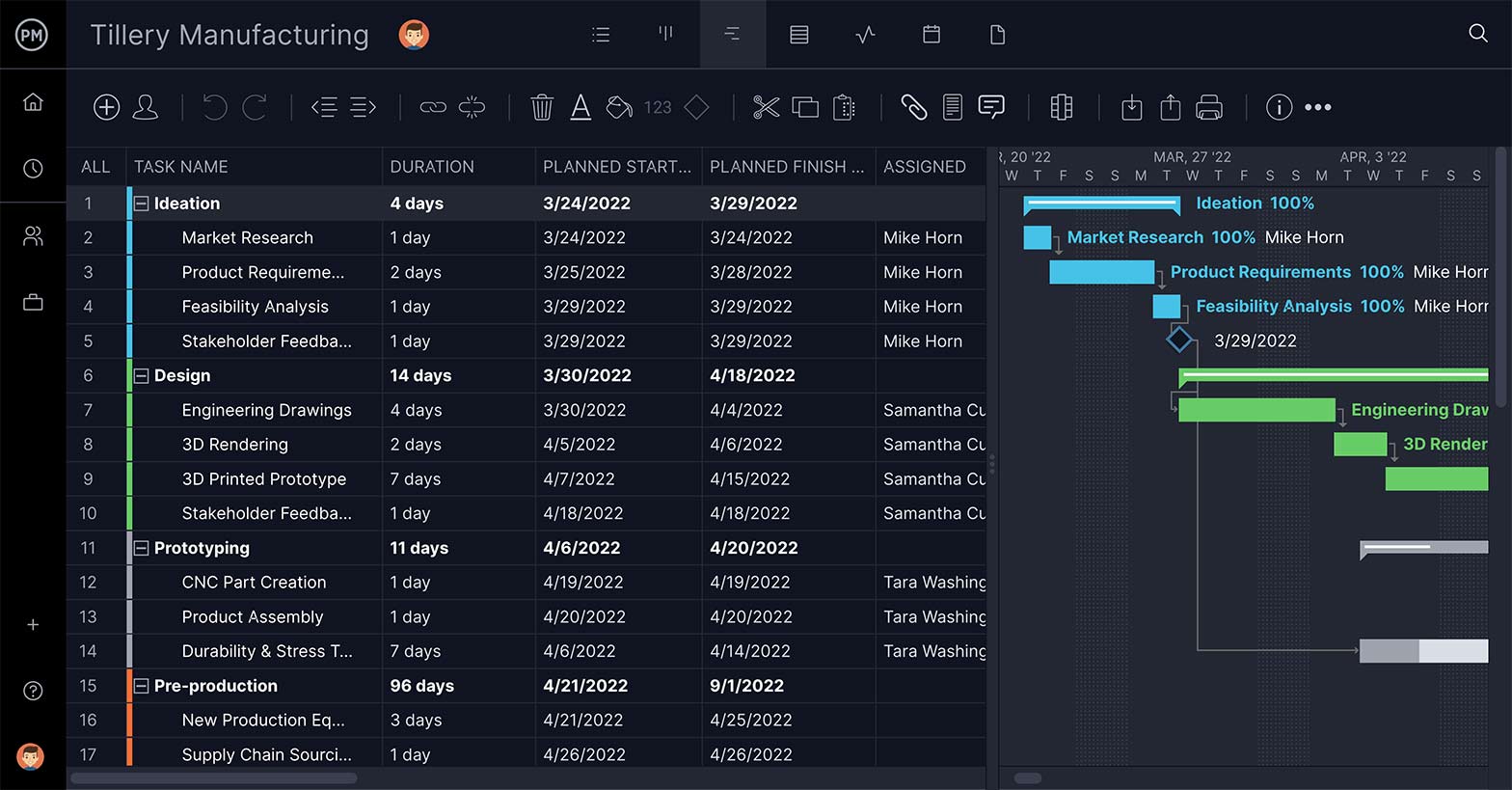
Different Work Views for Hybrid Teams
Once your team goes to work on determining alternatives, they can work how they want to with ProjectManager’s multiple project views. Whether they prefer a task list, calendar or kanban board, all the data is shared across the multiple project views. Each view shows the status of the work. You can set priority, add tags and comment to foster collaboration no matter where or when your team is working.
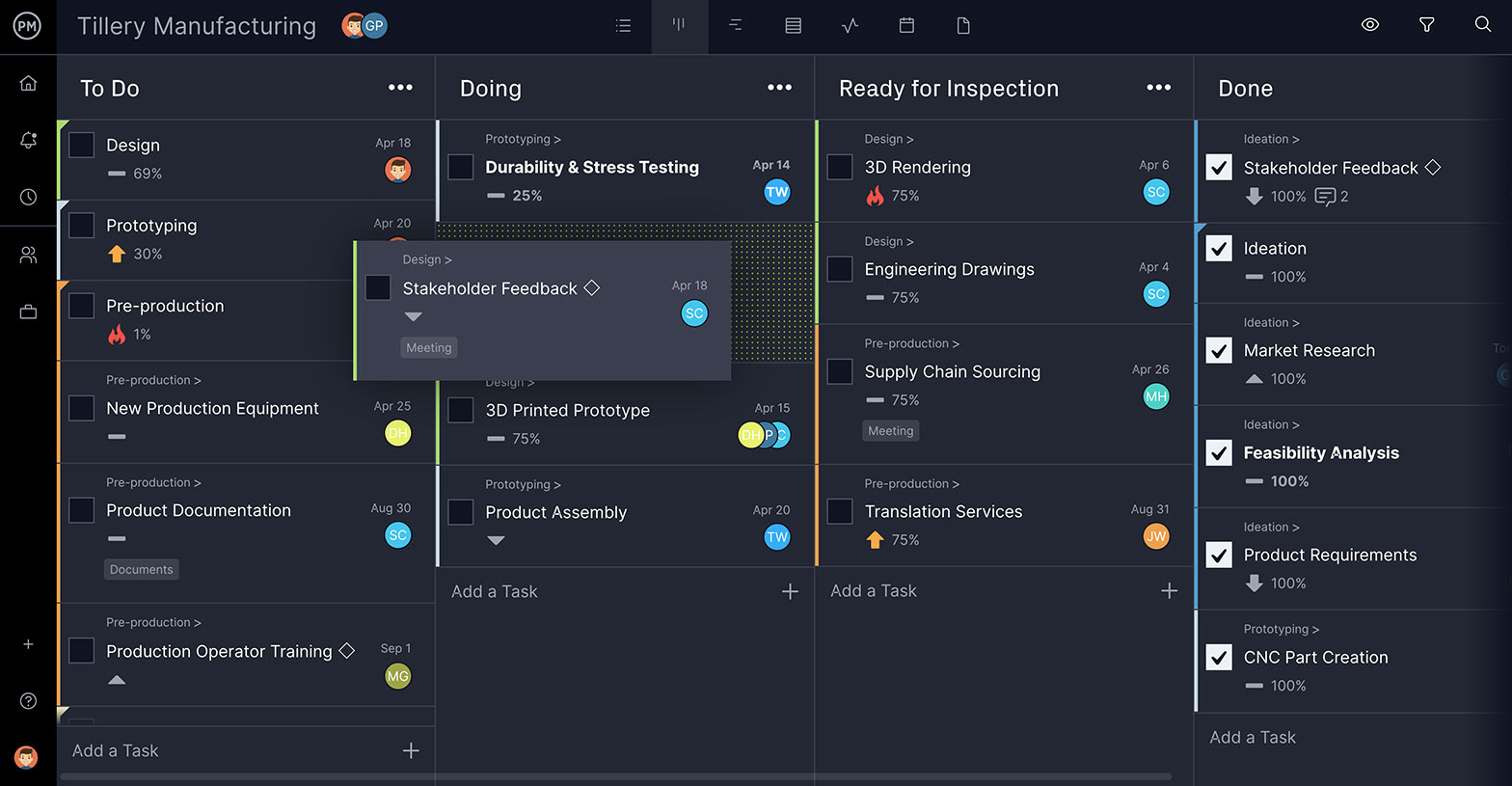
Generate Frequent Status Reports to Track Progress
Once you have all the data collected from your team, you can generate one-click reports for status reports, portfolio status reports and much more. All the data can be filtered to show just the information you want to see. Then, share the report as a PDF, Excel or print it out to present to stakeholders.
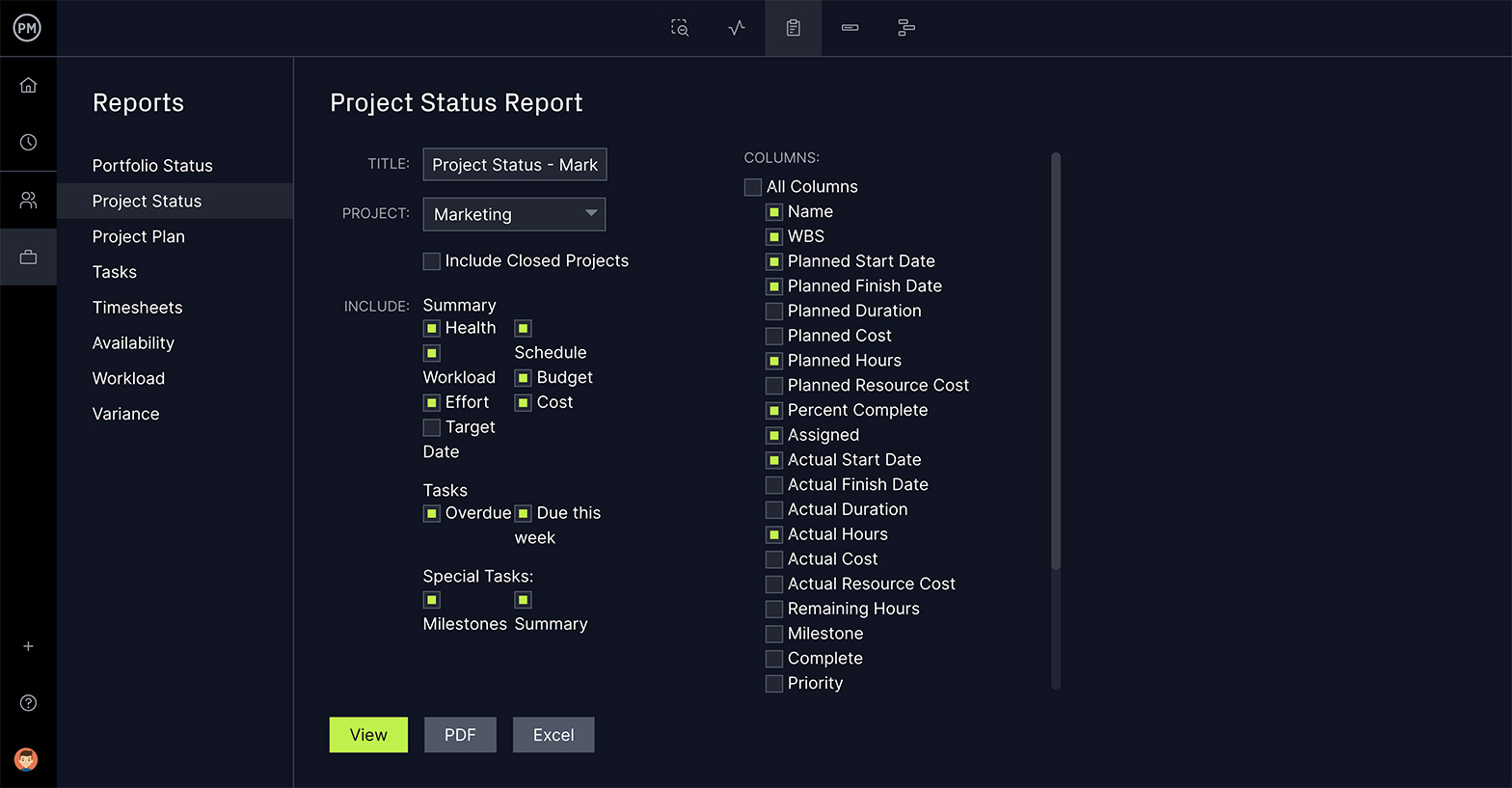
ProjectManager is award-winning software that organizes work for hybrid teams. You can plan, monitor and report on projects and generate alternative analyses so decision-makers have more insightful data to work with. Join the tens of thousands of users worldwide, from NASA to Siemens and Nestle, who use our product to better manage their projects. Try ProjectManager today for free!


